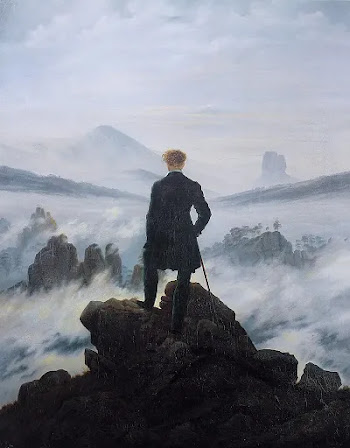Baroque Blog Post

Saint Jerome Writing by Michelangelo Merisi da Caravaggio (1605-1606) This Baroque-era piece by Michelangelo Merisi da Caravaggio depicts Saint Jerome leaned over a script in his study, deep in concentration. The dark shading and highly detailed features of Saint Jerome are characteristic of the Baroque style of painting from the time. Saint Jerome is a Catholic saint from the 300s that had a large impact on the Latin translation of the Bible as well as church doctrine at the time. I believe that this painting can definitely be seen as awe inspiring. The painting is more or less split into two main parts. There is a dark portion containing a skull, and an illuminated portion containing Saint Jerome and his holy scripture. The dark and skull represents eventual death, and the lighter parts of the painting represent things that live on without dying. The scripture will never die, and Saint Jerome has an eternal soul. The awe inspi...

